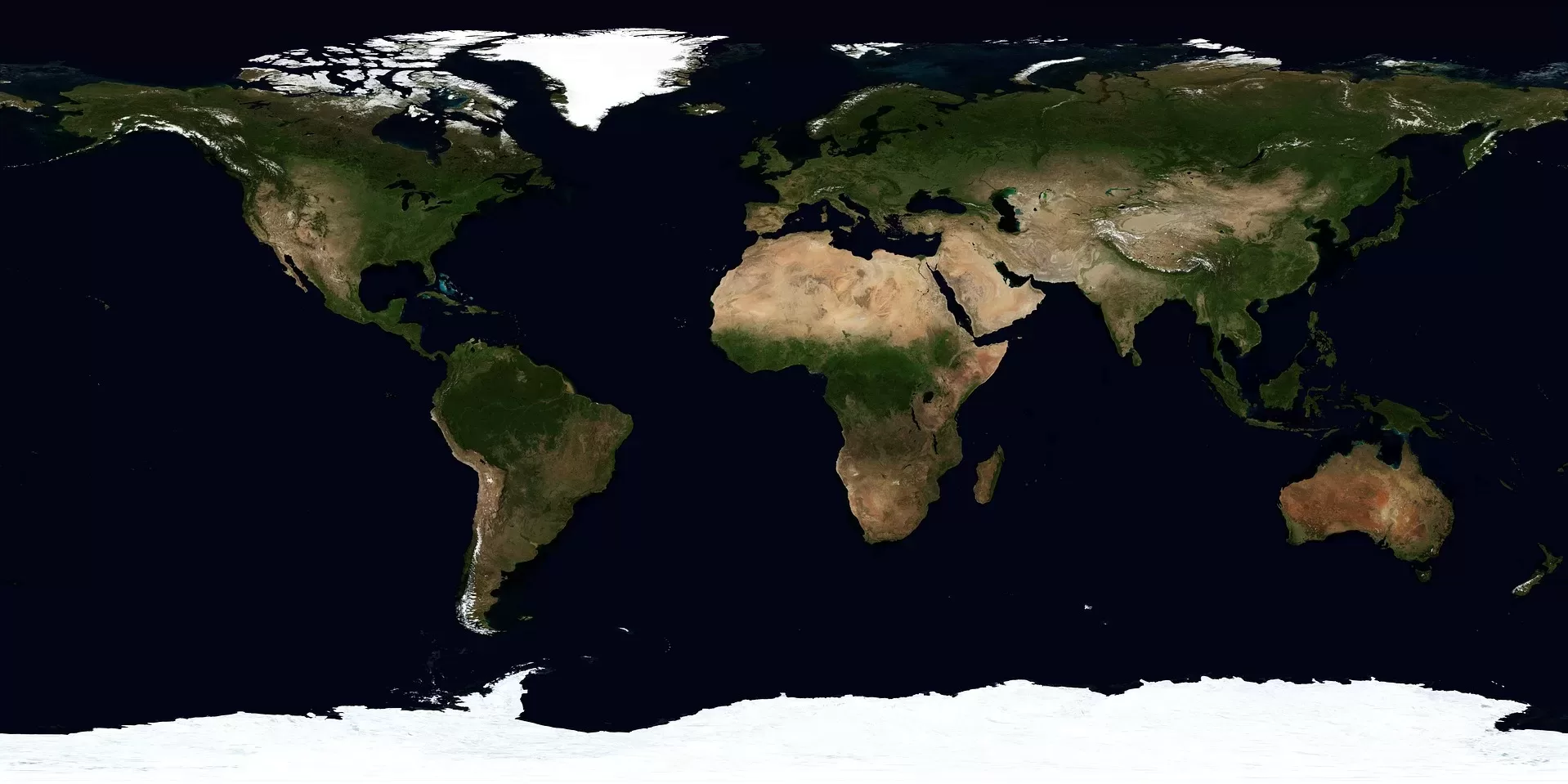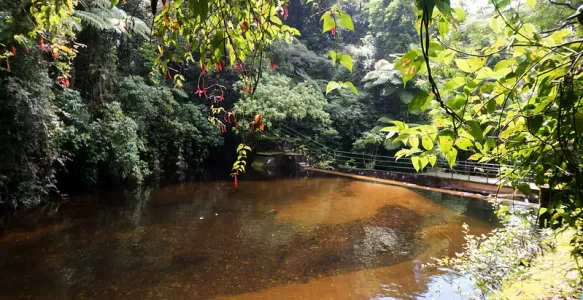The Atlantic Forest is one of the most biodiverse and threatened biomes on the planet, representing a jewel of both Brazilian and global biodiversity. Covering approximately 121,600 km², it spans a coastal strip across several Brazilian states, from Rio Grande do Norte to Rio Grande do Sul, encompassing regions of significant ecological, economic, and cultural importance. Its relevance extends beyond national borders, recognized by UNESCO as a World Heritage Site due to its rich species diversity and vital role in maintaining global environmental balance.

Extent and Biodiversity of the Atlantic Forest
According to available data, the Atlantic Forest covers around 121,600 km²—a reduced area compared to its historical extent, yet still forming a vast and complex network of ecosystems. This biodiversity ranks among the highest worldwide, with approximately 73,620 plant species, many of which are endemic—meaning they are found nowhere else on Earth. The fauna is equally diverse, including numerous bird, mammal, reptile, amphibian, and insect species, many of which are critically endangered.
The vegetation of the Atlantic Forest is characterized by a wide variety of formations, ranging from dense, humid forests to restinga and high-altitude grasslands. This environmental diversity fosters a broad spectrum of species, many still unknown to science. Iconic trees include the pau-brasil, peroba, jequitibá, fig tree, and cedar, each playing a fundamental role in ecological balance.
Historical Context and Deforestation
The history of the Atlantic Forest is marked by extensive deforestation, beginning with European colonization in the 16th century, notably with the exploitation of pau-brasil, one of Brazil’s earliest exported resources. Over subsequent centuries, agricultural expansion, rapid urbanization, road construction, mining, and industrialization drastically reduced its forest cover.
Today, it is estimated that only about 13% of the original forest remains intact, representing a significant loss of biodiversity and essential natural resources. This destruction not only threatens the survival of countless species but also jeopardizes the ecosystem services vital to society, such as climate regulation, soil preservation, water cycle maintenance, and mitigation of extreme weather events like floods and droughts.
The Global and National Significance of the Atlantic Forest
The Atlantic Forest plays a crucial role in maintaining environmental equilibrium both within Brazil and globally. As one of the most biodiverse regions worldwide, it hosts a significant number of endemic species, many yet to be discovered or studied. Its preservation is essential for ensuring the continuity of life on Earth.
Furthermore, the Atlantic Forest is a vital resource for regional economies, providing timber, medicinal plants, fruits, seeds, and other products. It is also critical for water supply, as its forests act as natural reservoirs, feeding rivers and aquifers that serve millions of people.
Another key aspect is the cultural and social importance of the Atlantic Forest. Many cities, traditional communities, and indigenous peoples depend on the forest for their livelihoods, culture, and spirituality. Preserving this biome is therefore a matter of respecting Brazil’s cultural diversity and historical heritage.
Preservation Challenges
Despite its importance, the Atlantic Forest faces numerous threats to its conservation. Unplanned urbanization, agricultural expansion, and mining continue to destroy forest areas, often illegally. Fragmentation of remaining forest patches hampers species survival and disrupts ecological processes.
Illegal deforestation, frequently with complicity or lack of enforcement, remains a serious issue. Additionally, land clearing for pastures or plantations, illegal logging, and industrial expansion contribute to ongoing degradation.
Climate change further exacerbates these threats by altering rainfall patterns, temperatures, and species’ life cycles. These changes threaten sensitive species and habitats, risking extinction and biodiversity loss.
Conservation Efforts and Public Policies
In response, various initiatives have been implemented to protect the Atlantic Forest. Brazil has a comprehensive legal framework, including Law No. 11,428/2006, which establishes guidelines for the protection, recovery, and sustainable use of the biome. Several protected areas, such as national parks, private reserves, and conservation units, aim to preserve remaining forest fragments.
Reforestation projects, environmental education, enforcement, and economic incentives for sustainable practices are key strategies. Civil society, traditional communities, and indigenous peoples play vital roles as guardians of the forest.
UNESCO recognizes the importance of the Atlantic Forest by listing several areas as World Heritage Sites, encouraging global preservation efforts. The creation of ecological corridors aims to connect forest fragments, facilitating species movement and ecological processes.
The Role of Environmental Education
Raising societal awareness is one of the most effective tools for forest preservation. Environmental education should start early, emphasizing the importance of the biome, the impacts of deforestation, and ways to contribute to conservation.
School programs, public campaigns, community actions, and digital media are strategies to broaden outreach. The more people understand the value of the Atlantic Forest, the greater their engagement in protecting and restoring degraded areas.
Individual Contributions to Preservation
The preservation of the Atlantic Forest is a collective responsibility, involving everyone. Individuals can contribute by:
- Adopting sustainable practices: reducing consumption of products linked to deforestation, choosing certified goods, and avoiding illegal timber.
- Participating in reforestation initiatives: engaging in community or volunteer tree-planting projects with native species.
- Reporting environmental crimes: collaborating with authorities to combat illegal deforestation.
- Valuing local culture: supporting traditional communities and indigenous peoples, respecting their rights and traditional knowledge.
- Educating and raising awareness: sharing information and fostering discussions about the importance of the Atlantic Forest.
The Atlantic Forest is an invaluable natural heritage, essential for biodiversity, climate stability, and the well-being of millions. Despite advances in protection policies, ongoing threats demand coordinated, urgent, and effective actions.
Awareness, social engagement, and sustainable public policies are crucial to ensure this forest remains a refuge of life, hope, and culture. Each of us has a role in safeguarding this biome, as its future depends on our collective commitment to the planet’s sustainability.


